Polaris Dawn
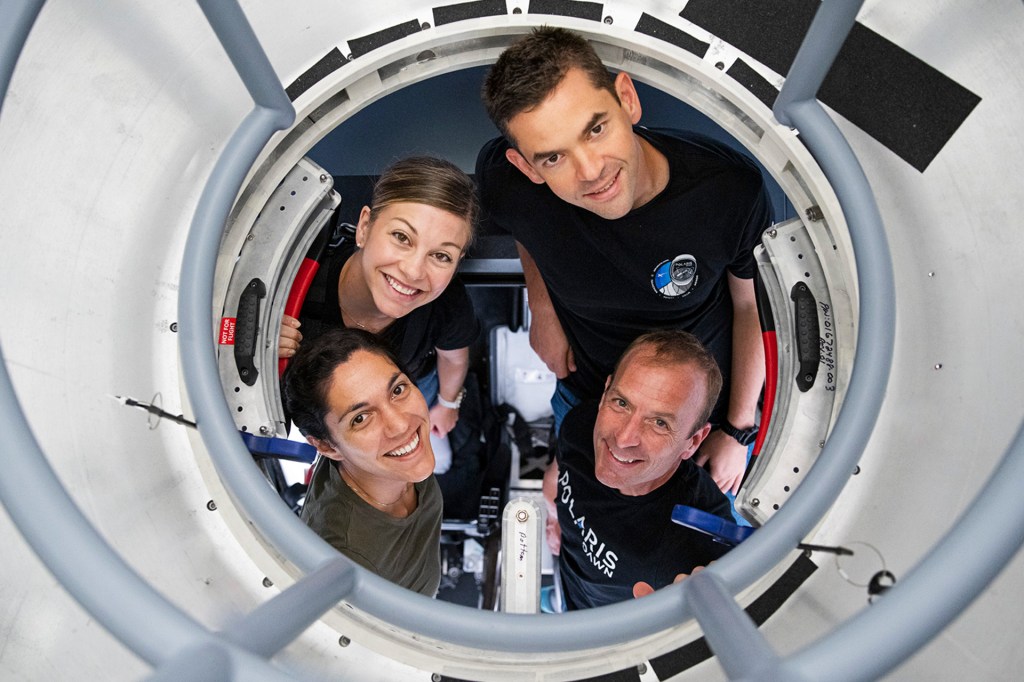
On September 12, Jared Isaacman and Sarah Gillis made history. They became the first civilians to perform a spacewalk. Past spacewalks had been done only by professional astronauts.
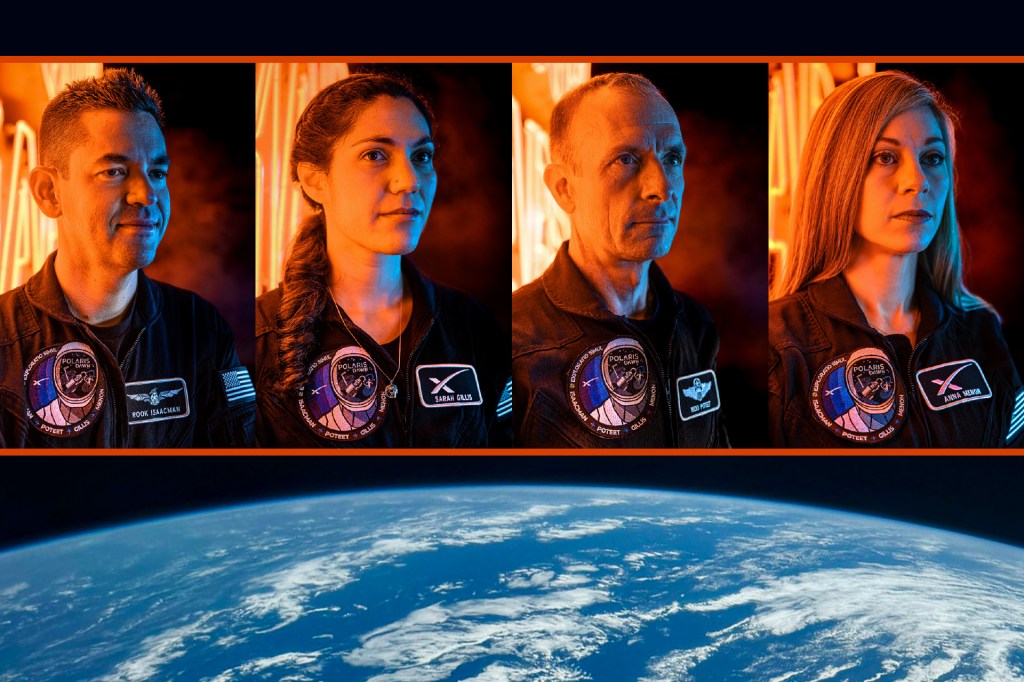
Jared Isaacman, mission commander, Sarah Gillis, mission specialist, Scott Poteet, mission pilot, Anna Menon, medical officer
JOHN KRAUS—POLARIS PROGRAMDuring a spacewalk, an astronaut leaves a spacecraft. They do not actually walk: They float in space. This is also called an extravehicular activity, or EVA. Isaacman and Gillis performed an EVA outside the SpaceX Crew Dragon spacecraft.
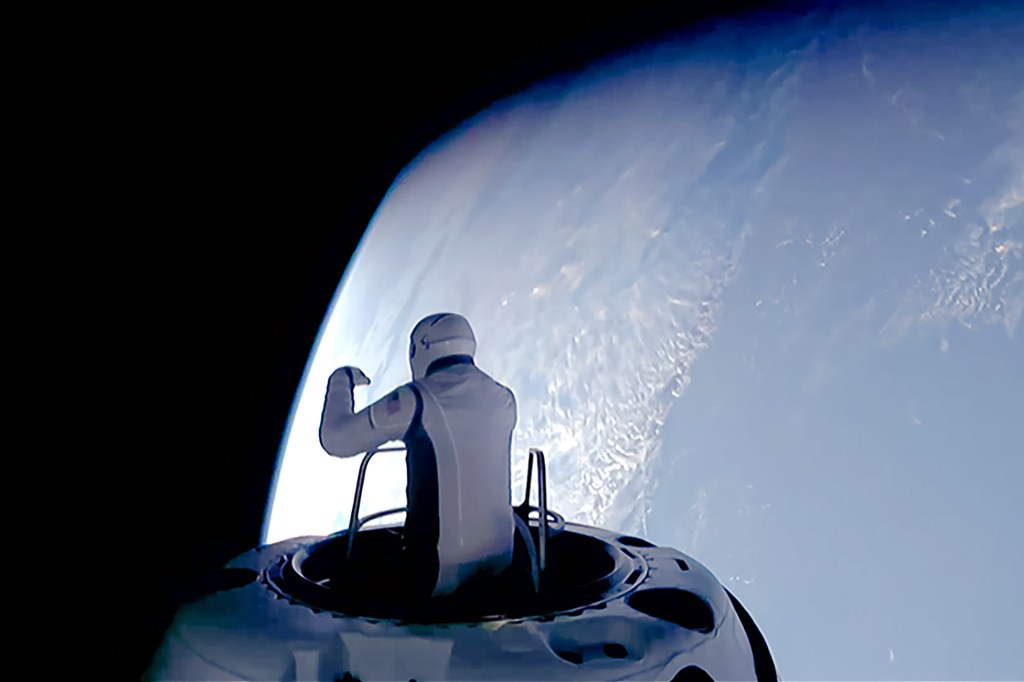
Mission commander Jared Isaacman pokes his head into space on September 12.
SPACEX
“Mission Complete”
Their mission was called Polaris Dawn. It was paid for by SpaceX and Isaacman. He’s a billionaire businessman. He and Gillis were two of the Polaris Dawn crew. They traveled to space with Scott Poteet and Anna Menon.
The group set another record. Their trip took them farther into space than anyone has gone since NASA’s moonwalkers.
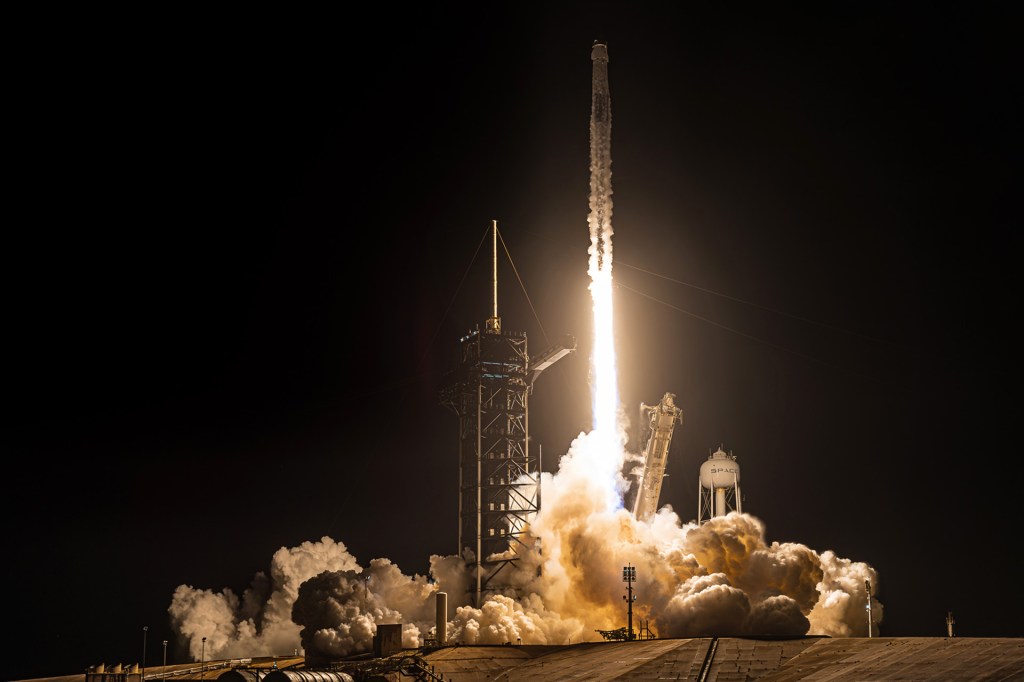
The Polaris Dawn mission lifts off from NASA’s Kennedy Space Center, in Florida, on September 10.
JOHN KRAUS—POLARIS PROGRAMThe team came back to Earth on September 15. They splashed down in the Gulf of Mexico near Florida. Isaacman radioed to their recovery team: “We are mission complete.”

The four-person Polaris Dawn crew returns to Earth on the Crew Dragon.
JOHN KRAUS—POLARIS PROGRAMRisky Business
Spacewalks can be risky. Astronaut Alexei Leonov did the first one in 1965. His suit overinflated. But he made it back safely. So did astronaut Gene Cernan, the following year. His suit overheated and his helmet fogged up.
Isaacman and Gillis had no such trouble. They were outside the craft for less than half an hour. But they were able to test SpaceX’s nimble new spacesuits. The company hopes to use these suits on missions to the moon and Mars.
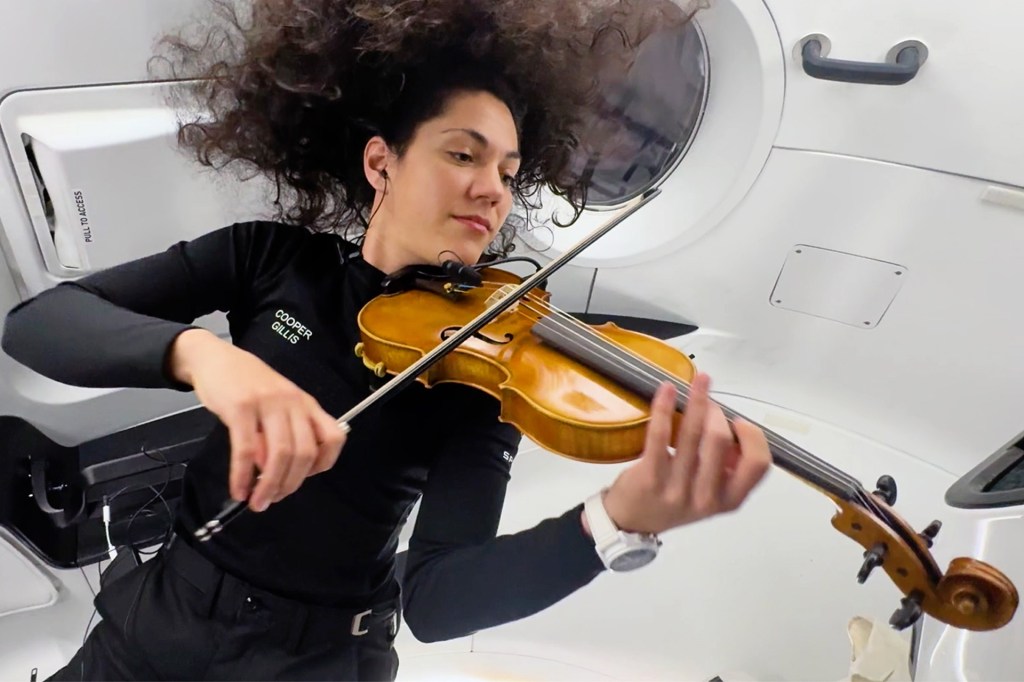
Mission specialist Sarah Gillis plays violin in space.
SPACEX












